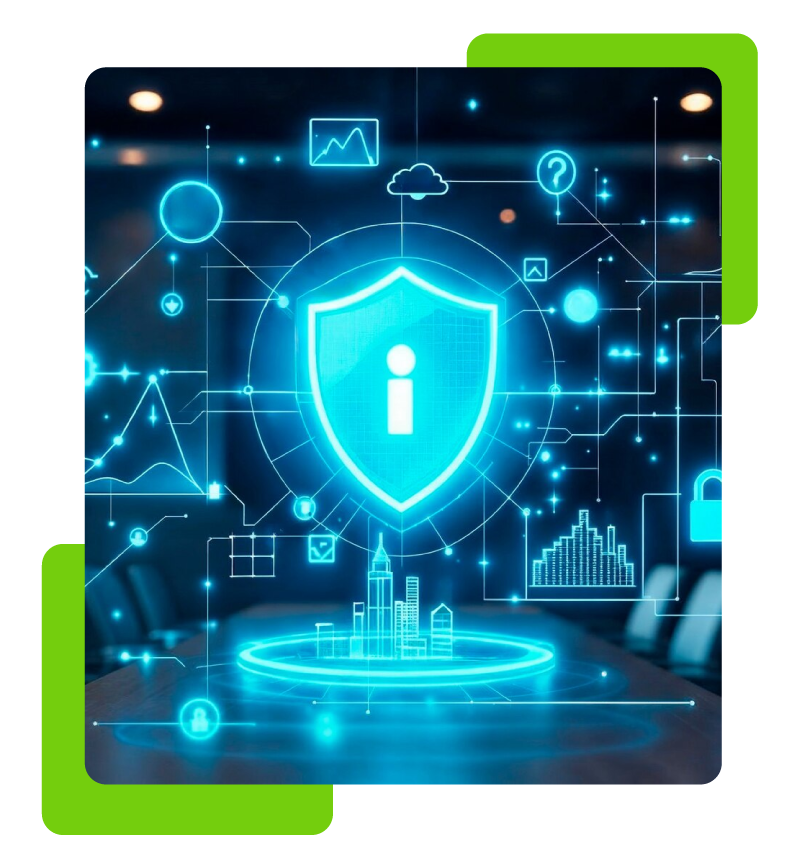IT Support Company in Miami
NIST 800-171 Compliance

Navigating the complexities of cybersecurity compliance is no longer optional
In today’s interconnected world, protecting Controlled Unclassified Information (CUI) is critical for businesses working with federal agencies or seeking government contracts.
Get My Free Compliance Consultation
The National Institute of Standards and Technology (NIST) Special Publication 800-171 provides the essential framework to ensure your organization meets strict security requirements — and stays competitive in a demanding market.
What is NIST 800-171?
The NIST 800-171 (National Institute of Standards and Technology Special Publication 800-171) is a critical framework designed to protect Controlled Unclassified Information (CUI) in non-federal systems and organizations. Originally published to safeguard sensitive data shared with contractors, suppliers, and partners, this standard helps ensure the confidentiality, integrity, and availability of CUI outside federal environments.

What is the scope of NIST 800-171?
NIST 800-171 was created to protect Controlled Unclassified Information (CUI) when it resides in non-federal information systems.
This compliance framework applies to any organization that stores, processes, or transmits CUI on behalf of a U.S. federal agency — especially within the defense, manufacturing, technology, and service sectors.
It’s not limited to defense contractors. Many private businesses handling sensitive information in contracts, research projects, or collaborations with government agencies must also comply.
In simple terms:
If your business has access to government data labeled as CUI, you are responsible for implementing security controls outlined in NIST 800-171.
Control families explained
Access Control (AC)
Limit information access only to authorized users.
Awareness and Training (AT)
Educate employees about cybersecurity threats and responsibilities.
Audit and Accountability (AU)
Track, record, and review activity on systems handling CUI.
Maintenance (MA)
Conduct routine system maintenance securely.
Media Protection (MP)
Safeguard digital and physical media containing CUI.
Personnel Security (PS)
Screen and monitor personnel with access to sensitive information.
Physical Protection (PE)
Restrict physical access to systems storing CUI.
Risk Assessment (RA)
Identify, evaluate, and prioritize cybersecurity risks.
Security Assessment (CA)
Review and improve security controls periodically.
System and Communications Protection (SC)
Defend communications and information systems.
System and Information Integrity (SI)
Detect and correct system flaws and data issues promptly.
Benefits of being NIST 800-171 compliant
Achieving compliance with NIST 800-171 is more than just checking a box — it delivers tangible advantages that strengthen your organization’s security posture and business growth potential.
Win more federal contracts
Many U.S. government agencies and prime contractors now require NIST 800-171 compliance as a prerequisite for doing business. Being compliant opens doors to lucrative federal opportunities, particularly in the defense, aerospace, and technology sectors.
Strengthen cybersecurity resilience
Implementing the 14 families of controls dramatically reduces your risk of cyberattacks, data breaches, insider threats, and costly disruptions. A strong cybersecurity posture protects not only your contracts but also your company’s future.
Build greater trust with clients and partners
Demonstrating compliance shows that your organization prioritizes data protection and risk management. This increases trust among partners, clients, and stakeholders — a critical factor in winning and retaining business relationships.
Achieve competitive differentiation
While many companies are still struggling to meet compliance standards, your organization can stand out by proactively achieving and maintaining NIST 800-171 certification. Compliance becomes a competitive advantage that differentiates your brand in a crowded marketplace.